A tummy tuck in Thailand typically costs between $3,000 and $7,000 USD, though prices can vary significantly based on the type of procedure, the clinic, the surgeon's experience, and whether additional procedures are included. Thailand has become a popular destination for medical tourism, particularly for cosmetic surgeries like the tummy tuck, due to its high-quality medical facilities, experienced surgeons, and more affordable pricing compared to Western countries. This comprehensive guide will help you understand all the crucial aspects of getting a tummy tuck in Thailand, from costs and procedure types to recovery and safety.
What is a Tummy Tuck (Abdominoplasty)?
"A tummy tuck, also known as abdominoplasty, is a cosmetic surgical procedure that removes excess skin and fat from the abdomen and tightens the underlying abdominal muscles to create a flatter, firmer, and more toned midsection."
A tummy tuck is often sought by individuals who have experienced significant weight loss, pregnancy, or aging, leading to loose skin and weakened abdominal muscles that diet and exercise alone cannot address. The procedure aims to improve the overall contour of the abdomen, providing a more aesthetically pleasing silhouette. It's not a weight-loss surgery, but rather a body contouring procedure.
What are the Different Types of Tummy Tuck Procedures Available in Thailand?
"There are several types of tummy tuck procedures available in Thailand, including mini tummy tuck, full tummy tuck (standard abdominoplasty), extended tummy tuck, and circumferential tummy tuck, each tailored to different needs."
Mini Tummy Tuck: This procedure focuses on the area below the navel, addressing minimal excess skin and fat. It involves a shorter incision and a quicker recovery time, making it suitable for individuals with localized lower abdominal laxity.
Full Tummy Tuck (Standard Abdominoplasty): This is the most common type, targeting the entire abdominal area, from the ribs to the pubic bone. It involves an incision from hip to hip and typically repositions the belly button. This procedure is ideal for those with significant loose skin, excess fat, and muscle separation (diastasis recti).
Extended Tummy Tuck: This is an advanced version of the full tummy tuck, extending the incision around the hips to address loose skin and fat on the flanks and lower back. It's often recommended for individuals who have undergone massive weight loss.
Circumferential Tummy Tuck (Belt Lipectomy): This extensive procedure involves an incision that goes all the way around the body, addressing excess skin and fat not only in the abdomen but also on the back, hips, and buttocks. It's typically for patients who have experienced extreme weight loss and have significant skin laxity circumferentially.
Reverse Tummy Tuck: This less common procedure addresses loose skin in the upper abdomen, above the navel, and involves an incision along the inframammary fold (under the breasts).
Why is Tummy Tuck in Thailand More Affordable?
"Tummy tuck procedures in Thailand are more affordable primarily due to lower operational costs, including surgeon's fees, hospital overheads, and staff salaries, as well as a lower cost of living compared to Western countries."
Despite the lower prices, Thai hospitals and clinics maintain high standards of care, often boasting state-of-the-art equipment and internationally trained plastic surgeons. The competitive market for medical tourism also drives prices down, making it an attractive option for those seeking quality cosmetic surgery at a fraction of the cost found in countries like the US, UK, or Australia.
What Factors Influence the Cost of a Tummy Tuck in Thailand?
"The cost of a tummy tuck in Thailand is influenced by the type of procedure, the clinic's reputation and location, the surgeon's experience, the complexity of the case, and whether other procedures like liposuction are combined."
Type of Tummy Tuck: As mentioned, different types of tummy tucks require varying degrees of surgical time and complexity, directly impacting the price. A mini tummy tuck will be less expensive than an extended or circumferential tummy tuck.
Clinic and Hospital Choice: Reputable, internationally accredited hospitals in major cities like Bangkok or Phuket generally charge more than smaller, less-known clinics. However, they often offer more comprehensive packages and higher standards of care.
Surgeon's Expertise: Highly experienced and renowned plastic surgeons with extensive portfolios may command higher fees. It's crucial to choose a board-certified surgeon with a proven track record in abdominoplasty.
Anesthesia Fees: The cost of anesthesia and the anesthesiologist's fees are typically included in the overall price but can vary depending on the duration of the surgery.
Pre- and Post-Operative Care: Some packages include pre-operative consultations, post-operative garments, medications, and follow-up appointments, while others may charge these separately.
Additional Procedures: Combining a tummy tuck with other procedures like liposuction (lipotuck), breast augmentation, or a breast lift (often part of a "mommy makeover") will significantly increase the total cost.
What is Included in a Tummy Tuck Package in Thailand?
"A typical tummy tuck package in Thailand often includes the surgeon's fees, anesthesia fees, hospital stay, pre-operative consultations, and post-operative follow-up appointments, though inclusions can vary."
Many clinics and medical tourism agencies offer all-inclusive packages that can also cover airport transfers, accommodation, and sometimes even nursing care during your recovery. It's vital to get a detailed breakdown of what is included in your chosen package to avoid any hidden costs. Always confirm the duration of hospital stay, the number of follow-up visits, and if compression garments are provided.
How Long is the Recovery Period for a Tummy Tuck in Thailand?
"The initial recovery period for a tummy tuck in Thailand typically lasts 2 to 4 weeks, with full recovery taking several months as swelling subsides and incisions heal completely."
During the first few days, patients will experience swelling, bruising, and discomfort, managed with pain medication. A compression garment must be worn for several weeks to help reduce swelling and support the healing tissues. Most patients can return to light activities and desk jobs within 2-3 weeks, but strenuous exercise and heavy lifting should be avoided for at least 6-8 weeks. It's generally recommended to plan a stay in Thailand for at least 10-14 days post-surgery for initial recovery and follow-up checks before traveling back home.
Are Tummy Tuck Procedures in Thailand Safe?
"Yes, tummy tuck procedures in Thailand are generally safe, provided you choose a reputable, internationally accredited clinic and a board-certified, experienced plastic surgeon."
Thailand has a well-established medical tourism industry with many hospitals and clinics adhering to international standards of safety and quality. Choosing a facility that is accredited by organizations like Joint Commission International (JCI) can provide an added layer of assurance. Thorough research, reading patient reviews, and having a comprehensive consultation with your chosen surgeon are crucial steps to ensure a safe and successful outcome.
What are the Potential Risks and Complications of a Tummy Tuck?
"Like any surgical procedure, a tummy tuck carries potential risks and complications, including infection, bleeding, fluid accumulation (seroma), poor wound healing, unfavorable scarring, numbness, and anesthesia risks, though serious complications are rare."
While most patients experience a smooth recovery, it's important to be aware of potential issues. Your surgeon will discuss these risks with you during the consultation. Following all pre- and post-operative instructions diligently, maintaining good hygiene, and attending follow-up appointments can significantly minimize these risks.
What Should I Expect During a Tummy Tuck Consultation in Thailand?
"During a tummy tuck consultation in Thailand, you should expect a thorough physical examination, a review of your medical history, discussion of your aesthetic goals, explanation of the procedure, potential risks, and a detailed cost breakdown."
The surgeon will assess your abdominal area, skin elasticity, and muscle separation. It's an opportunity for you to ask all your questions and express any concerns. Be prepared to discuss your medical history, including any pre-existing conditions, medications, allergies, and previous surgeries. The consultation is crucial for determining the most suitable type of tummy tuck for your individual needs and ensuring you have realistic expectations for the results.
How Can I Find a Reputable Clinic and Surgeon for a Tummy Tuck in Thailand?
"Finding a reputable clinic and surgeon for a tummy tuck in Thailand involves researching internationally accredited hospitals, verifying surgeon credentials and experience, reading patient reviews, and reviewing before-and-after photos."
Look for clinics with JCI accreditation, which signifies adherence to international quality and patient safety standards. Check the surgeon's qualifications, ensuring they are board-certified in plastic surgery and have extensive experience specifically in abdominoplasty. Websites of medical tourism facilitators, online forums, and patient testimonials can provide valuable insights. It's also beneficial to compare multiple clinics and surgeons before making a decision.
How Long Do Tummy Tuck Results Last?
"The results of a tummy tuck are generally long-lasting, provided you maintain a stable weight and a healthy lifestyle after the surgery."
While the procedure removes existing excess skin and fat and tightens muscles, significant weight fluctuations, future pregnancies, or the natural aging process can affect the longevity of the results. Patients who maintain a consistent weight through diet and exercise often enjoy their tummy tuck results for many years.
Can a Tummy Tuck be Combined with Other Procedures?
"Yes, a tummy tuck can often be combined with other cosmetic procedures, commonly including liposuction, breast augmentation, breast lift, or a mommy makeover, to achieve a more comprehensive body transformation."
Combining procedures can be efficient, as it allows for a single anesthesia event and recovery period. However, it also increases the surgical time and complexity, which will impact the cost and potentially extend the recovery. Your surgeon will assess your suitability for combined procedures based on your overall health and the extent of the planned surgeries.
What is the Best Time to Get a Tummy Tuck in Thailand?
"The best time to get a tummy tuck in Thailand is typically during Thailand's cooler, drier months (November to February) to avoid extreme heat during recovery, and when you can allocate sufficient time for proper rest and healing."
Consider your personal and professional schedule to ensure you have adequate time off for recovery. Avoiding major holidays in Thailand can also help ensure smoother clinic operations and less crowded tourist areas if you plan to combine your trip with leisure.
Ready to explore your options for a tummy tuck in Thailand and achieve the body confidence you desire? Visit PlacidWay to connect with top-rated clinics and experienced surgeons, and discover personalized medical tourism solutions for your healthcare journey.


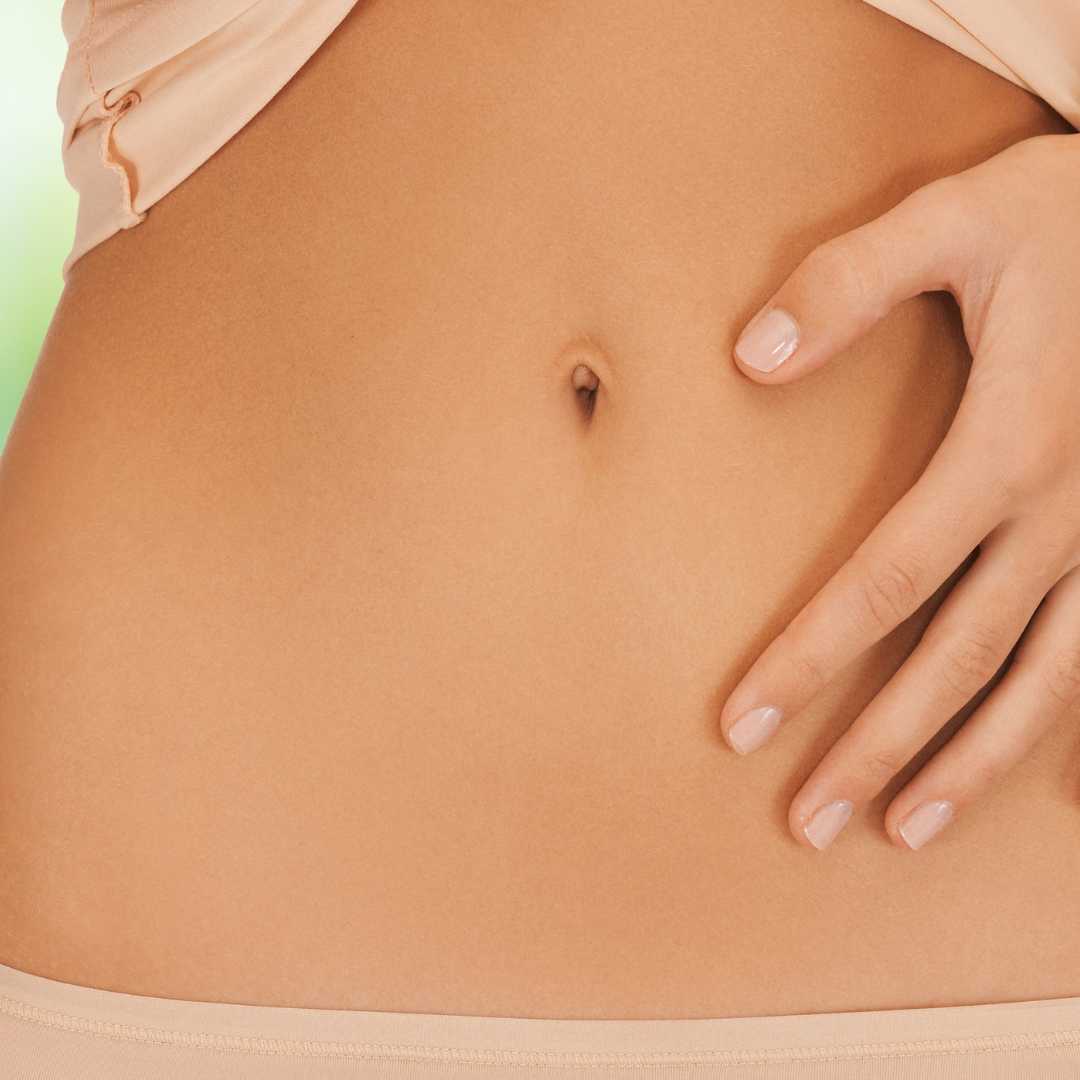


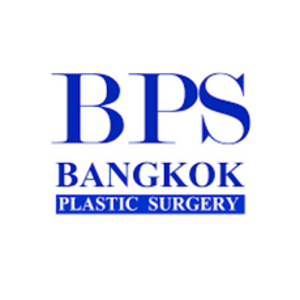

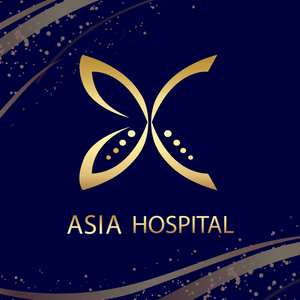






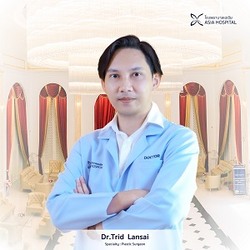
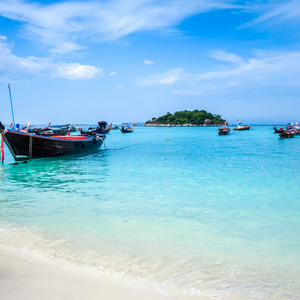





.png)

.png)

.png)


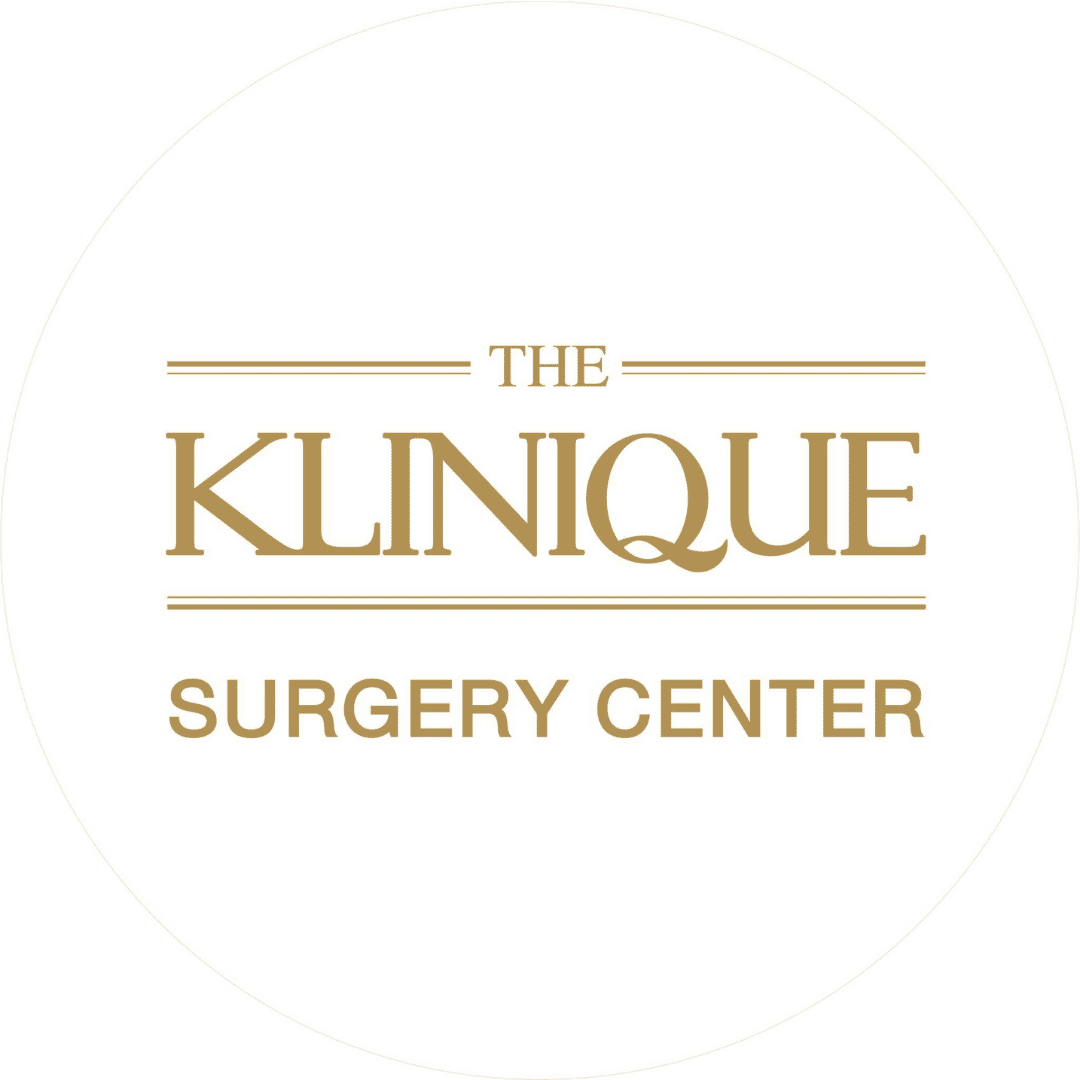

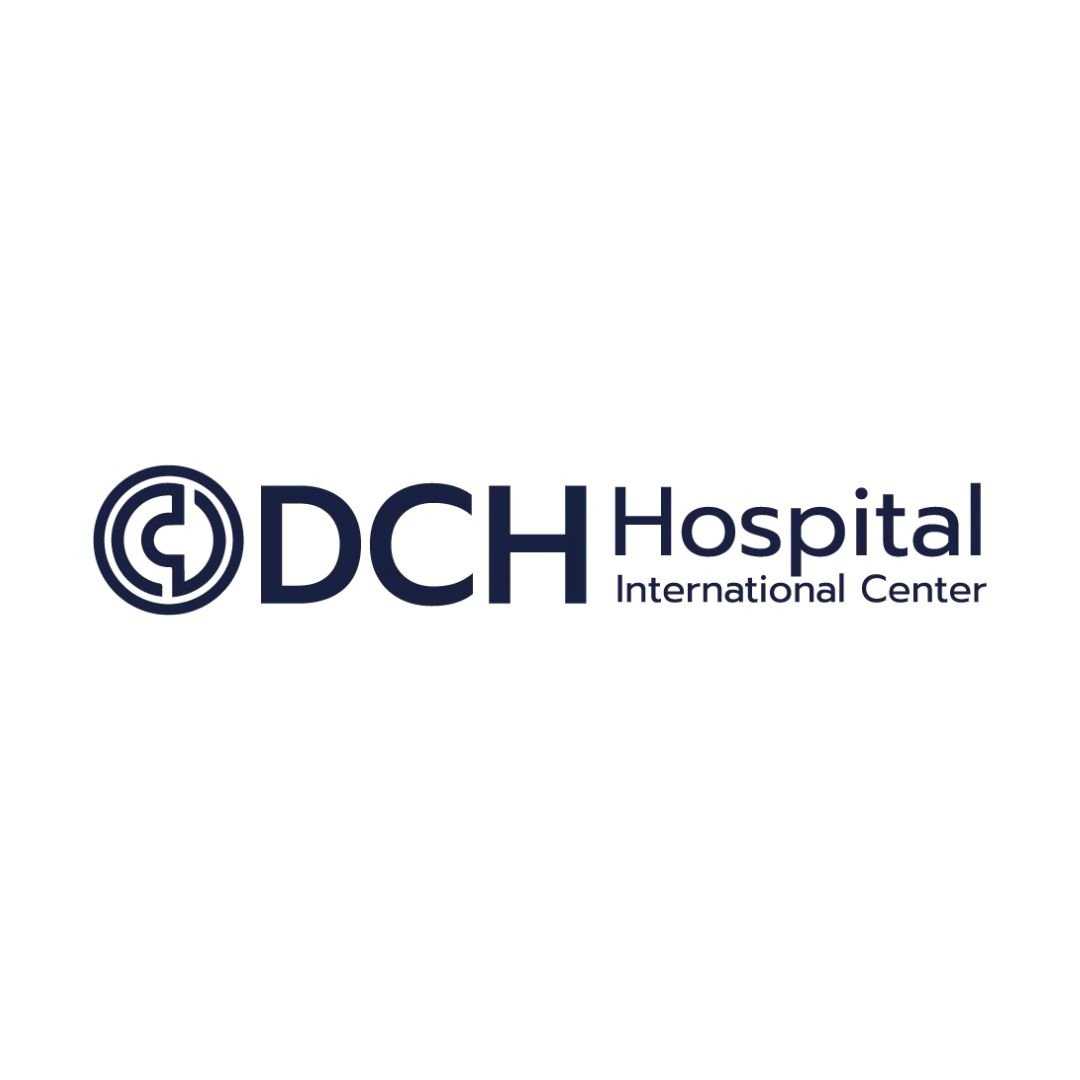

Share this listing